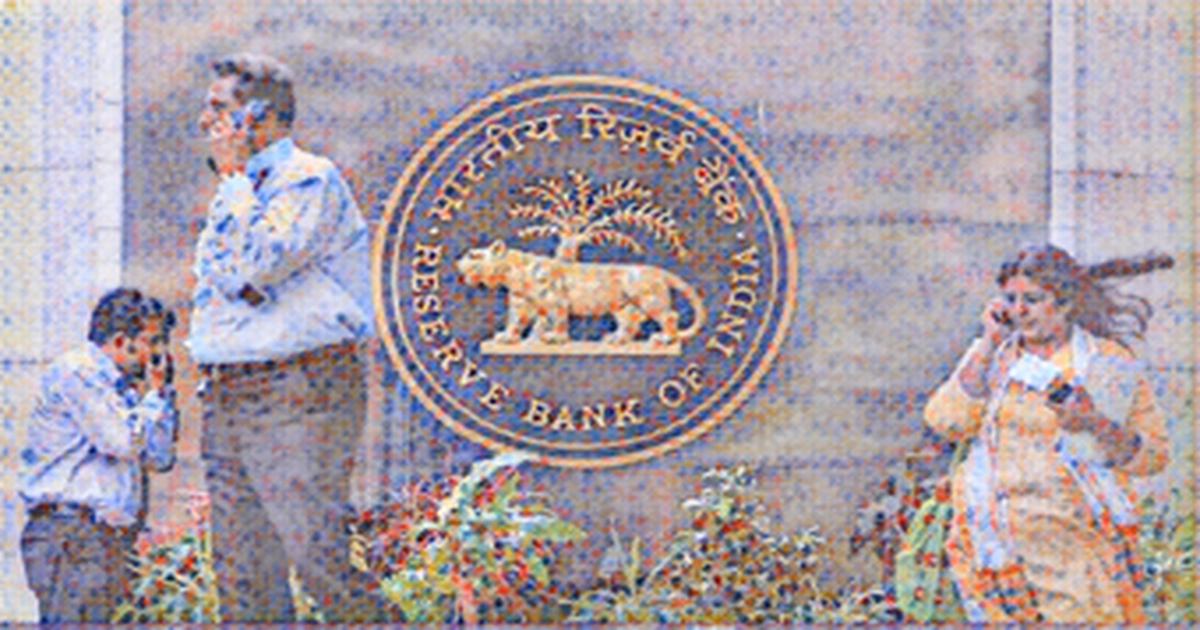
A Reserve Bank of India RBI notification issued today to revise the regulatory framework for non-banking financial companies NBFCs is expected to hit the initial primary market IPO segment in a big way as the central bank effectively capped the leverage that individual investors, especially high net worth investors HNIs avail while applying for shares in a public issue.
The RBI has directed NBFCs to cap IPO financing at Rs 1 crore per borrower while adding that the new guidelines would come into effect from April 1, 2022.
There shall be a ceiling of Rs 1 crore per borrower for financing subscription to Initial Public Offer IPO NBFCs can fix more conservative limits, stated the RBI notification. The instructions relating to the ceiling on IPO funding given vide para 3.1 d of the Annex shall come into effect from April 01, 2022, it added.
IPO financing is a huge business for NBFCs that earn a lot of interest income from such lending. Industry participants estimate that NBFCs do such short-term lending while charging an interest in the range of 6 - 10 per cent per annum depending on the demand for a particular issue.
Currently, NBFCs lend huge amount of money to the borrowers with industry estimates pegging the amount to hundreds of crores for a typical large-sized IPO.
More importantly, it is believed that at times the margin - the money put up by the borrower - is just 1 - 2 per cent and the leverage is in the range of 70 to 80 times. The latest move assumes a lot of significance for two reasons - there are many non-institutional IPOs scheduled to hit the market in the coming months and a significant portion of the bids in the big-ticket portion is based on IPO financing done by NBFCs.
An IPO comprises of three categories or reservations for investors to put in their bids. The categories are for retail investors, HNIs and institutional investors. Typically, the reservation is 50 per cent for retail investors, 35 per cent for institutional investors and 15 per cent for HNIs. If the company is a loss-making one, then the quantum of reservation for institutional investors is increased to 75 per cent.
This year has seen many IPOs that saw a huge oversubscription in the HNI category. MTAR Technologies, for example, saw its HNI portion subscribed 651 times. Similarly, the HNI portion of the IPO of Tatva Chintan Pharma Chem was subscribed 512 times while the retail category was subscribed only 35 times. Interestingly, market experts believe that the latest regulatory change could lead to companies rushing with their IPO process so that they can hit the market before April next year.
A long pending demand which was finally recognized by RBI in January 2021 will see the light of the day in April 2022, said Arun Kejriwal of Kejriwal Research Investment Services.
Unbridled speculation in the primary market will come to an end after the rationalisation of borrowing by individual HNIs to Rs 1 crore per entity. It is a defining moment for primary markets in India, he added.
Also read: 'With Fully Accessible Route, efforts are to liberalise FPI debt flows further': RBI Dy Governor
